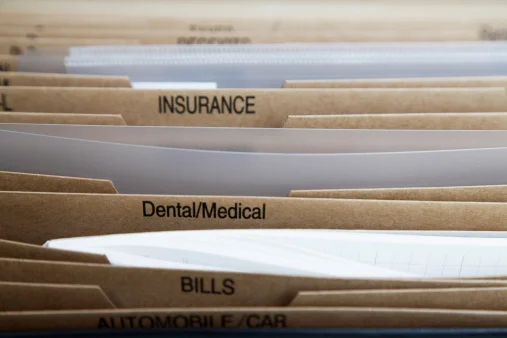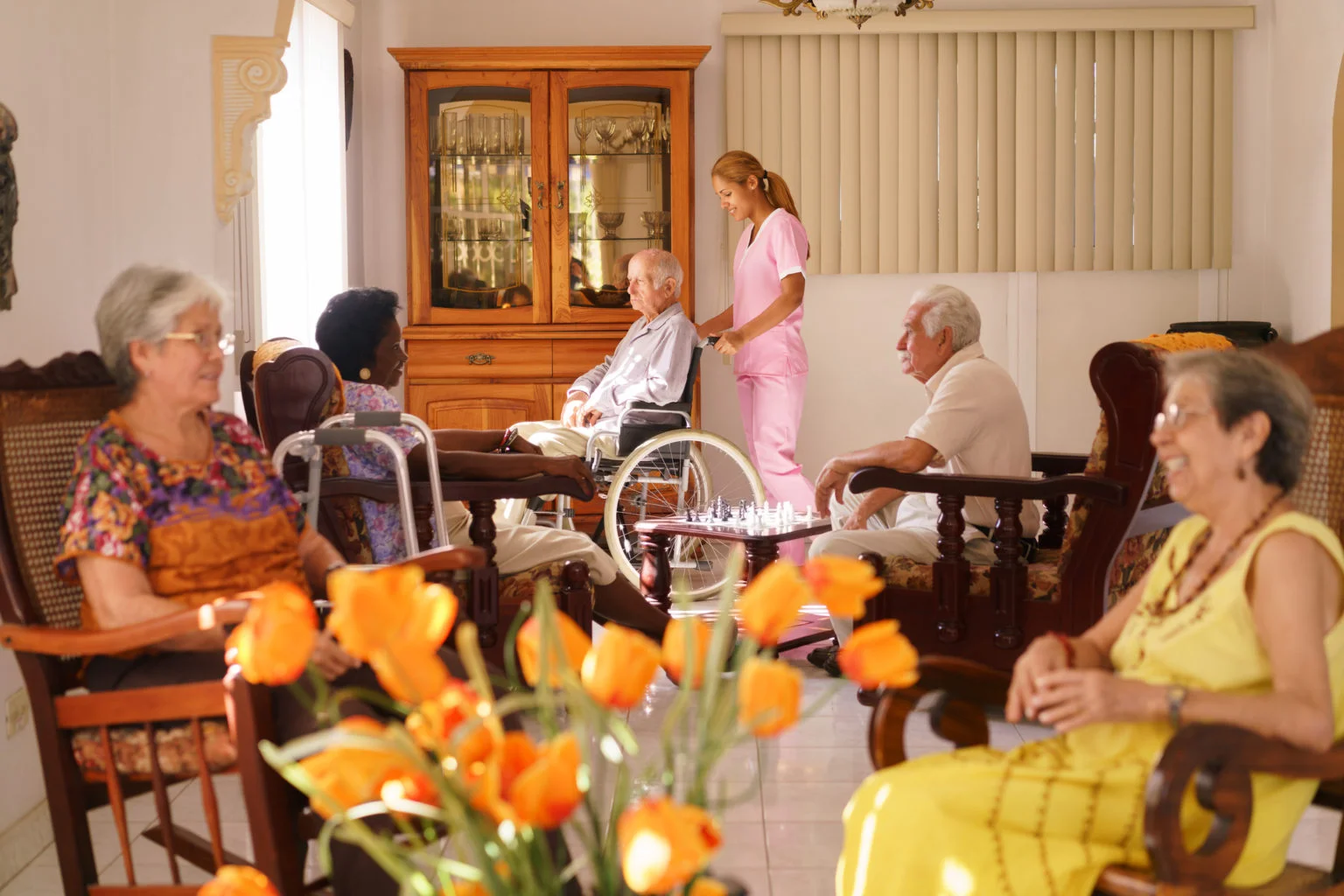Tag: AARP

The following statistic will sound familiar since I use it regularly: about half of U.S. workers are not saving enough and may see their standard of living drop when they retire. A major culprit in this poor state of preparedness is that millions of Americans at any given moment don’t have a traditional pension or…

Caregivers for loved ones with dementia experience their duties in ways that are unique to the individuals they’re caring for. Some wrestle with the behavioral issues of the people in their care, while others must balance caregiving and work or struggle to navigate the Medicaid system, line up day care, or track down a reliab…



